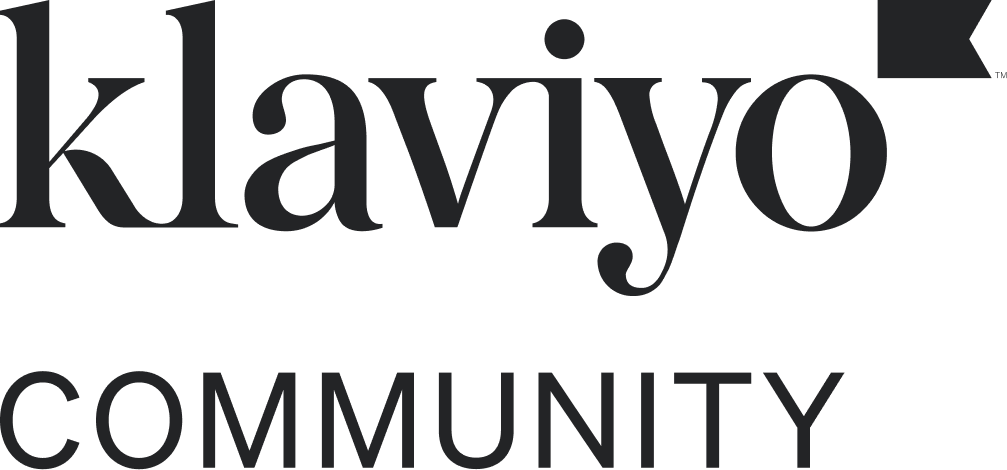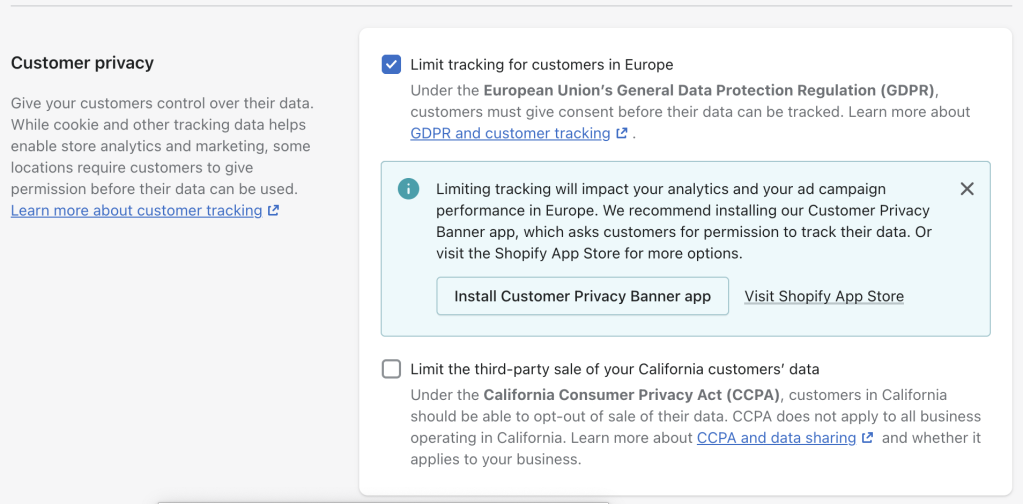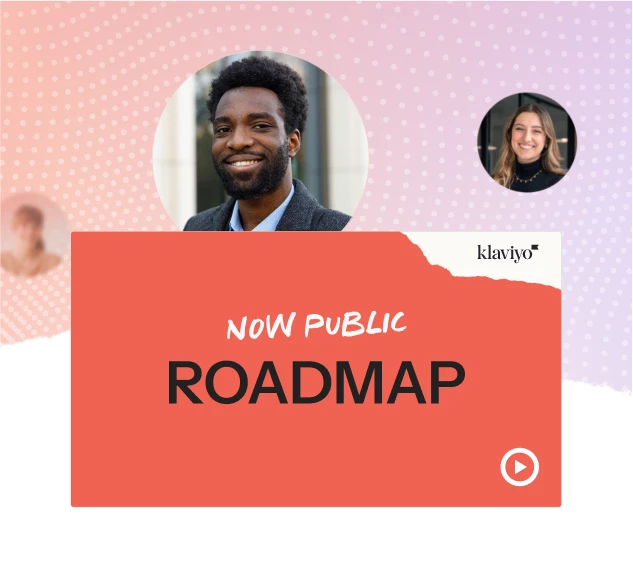Hello together,
I have disabled the Shopify double opt mail in, so everything is transferred to Klaviyo as "accepted marketing". For the newsletter list I have activated double opt in in Klaviyo itself.
The following problem: The customers who click on "accept marketing" in the checkout in shopify are transferred to Klaviyo, but receive a double opt in mail from Klaviyo before they are added to the newsletter list. This is not legally required in Germany. They do not need to receive a double opt-in email.
For the footer it is all clear, that's how it should be, enter your e-mail and receive double opt in mail. But the checkout contacts do not need to receive this, as I can contact them without double opt-in. This is clearly regulated in Germany.
I would like to have both in one list, those from the checkout without double opt-in mail and those from the footer with double opt-in mail.
Do I really have to create 2 lists for this?
How do I proceed now?








![[Academy] Klaviyo Product Certificate Forum|alt.badge.img](https://uploads-us-west-2.insided.com/klaviyo-en/attachment/8798a408-1d98-4c3e-9ae8-65091bb58328_thumb.png)
